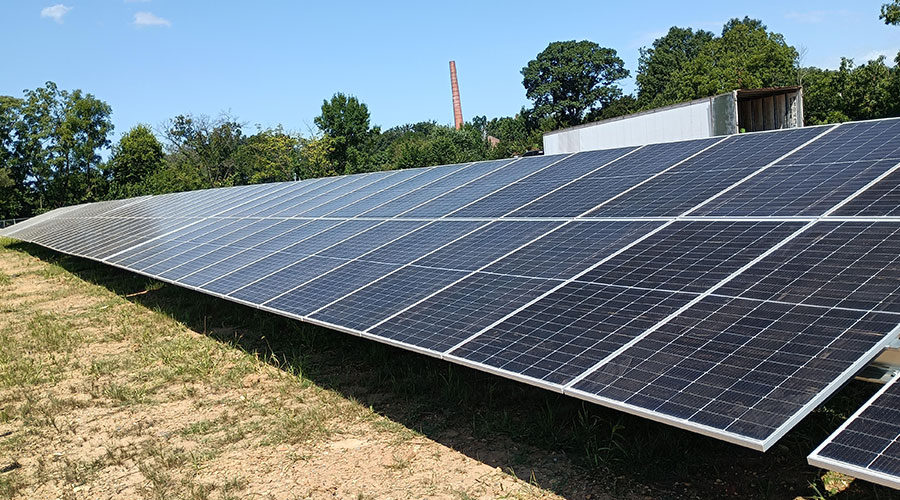Consider Tax Appetite in Picking Best Financing for Energy Efficiency
First of a 4-part article on keys in selecting among energy-project financing options
Facility managers who plan to outsource energy efficiency or other sustainability projects have several options when considering how to contract for or finance such projects. In fact, the number as well as variety of options for both contracting and financing projects seems to grow every six months. Matching the right type of contract with the energy and fiscal goals for a project, as well as an organization’s culture and priorities, can be challenging. What is the organization’s risk tolerance? What roles should an energy service company (ESCO) or third-party service provider have? Tax appetite is the first of five key factors that facility managers should understand when deciding among third-party financing options such as lease financing, energy savings performance contracts, and efficiency service agreements.
TAX APPETITE
When considering and evaluating a third-party tool, such as an operating or capital lease, an energy savings performance contract, or an efficiency services agreement, one threshold question to answer is whether the facility owner could take advantage of any applicable tax credits. If the project includes renewable energy generation using solar panels or other technologies (such as combined heat and power, biomass, or fuel cells), it may qualify for state or federal tax credits. Not all facility owners have the ability or desire to use applicable state and federal tax credits, but if the project does qualify for any such credits, it’s a consideration that would affect how the project is financed. If no such tax credits apply, whether it is because the project does not qualify for significant tax credits or the facility owner has no appetite for such tax credits (which can often be the case), the following four considerations are still in play.
Related Topics:














